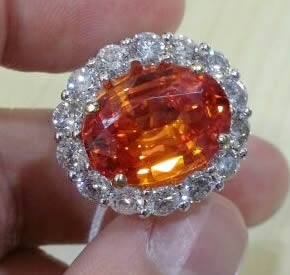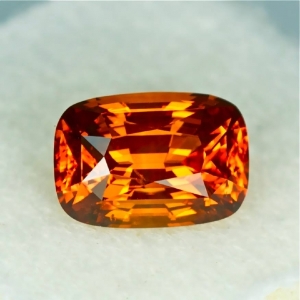- Joined
- Aug 5, 2010
- Messages
- 12,884
corundum_conundrum|1363549297|3407252 said:I think all the moregems oranges are listed as heated.
I am as wary as minou--even at sub $ 500, I personally would ask for a memo or at least a guarantee that after I sent the stone to AGL, if anything other than heat was found, back it goes.
My apologies - guess it was my wishful thinking





300x240.png)